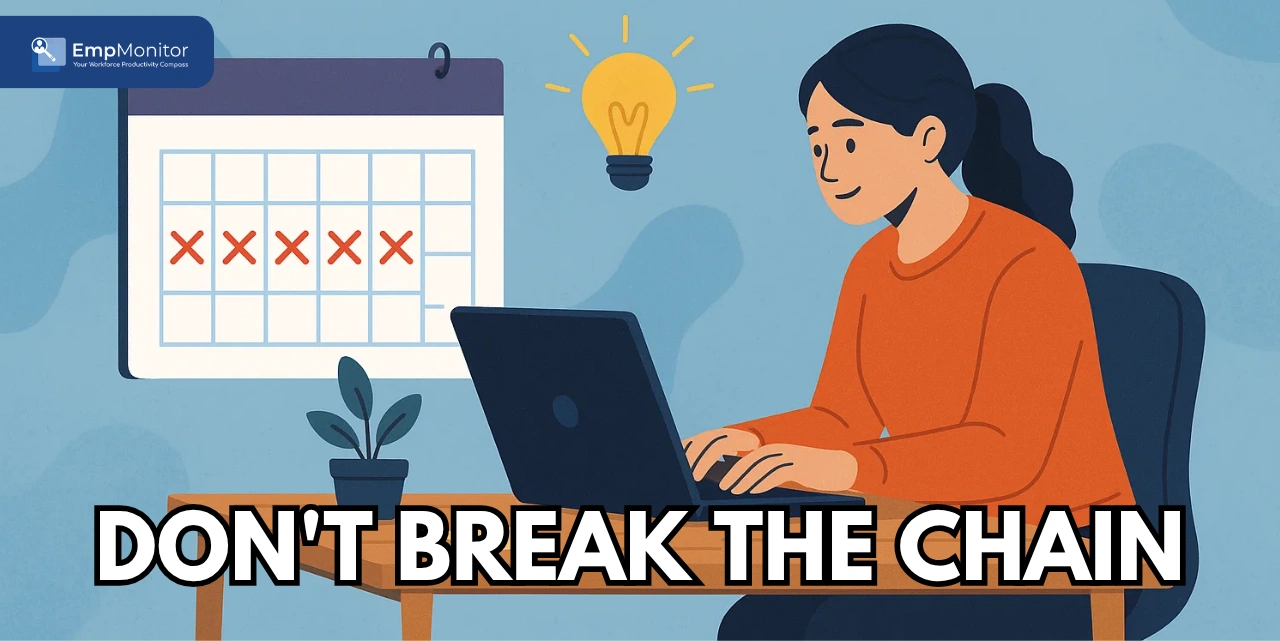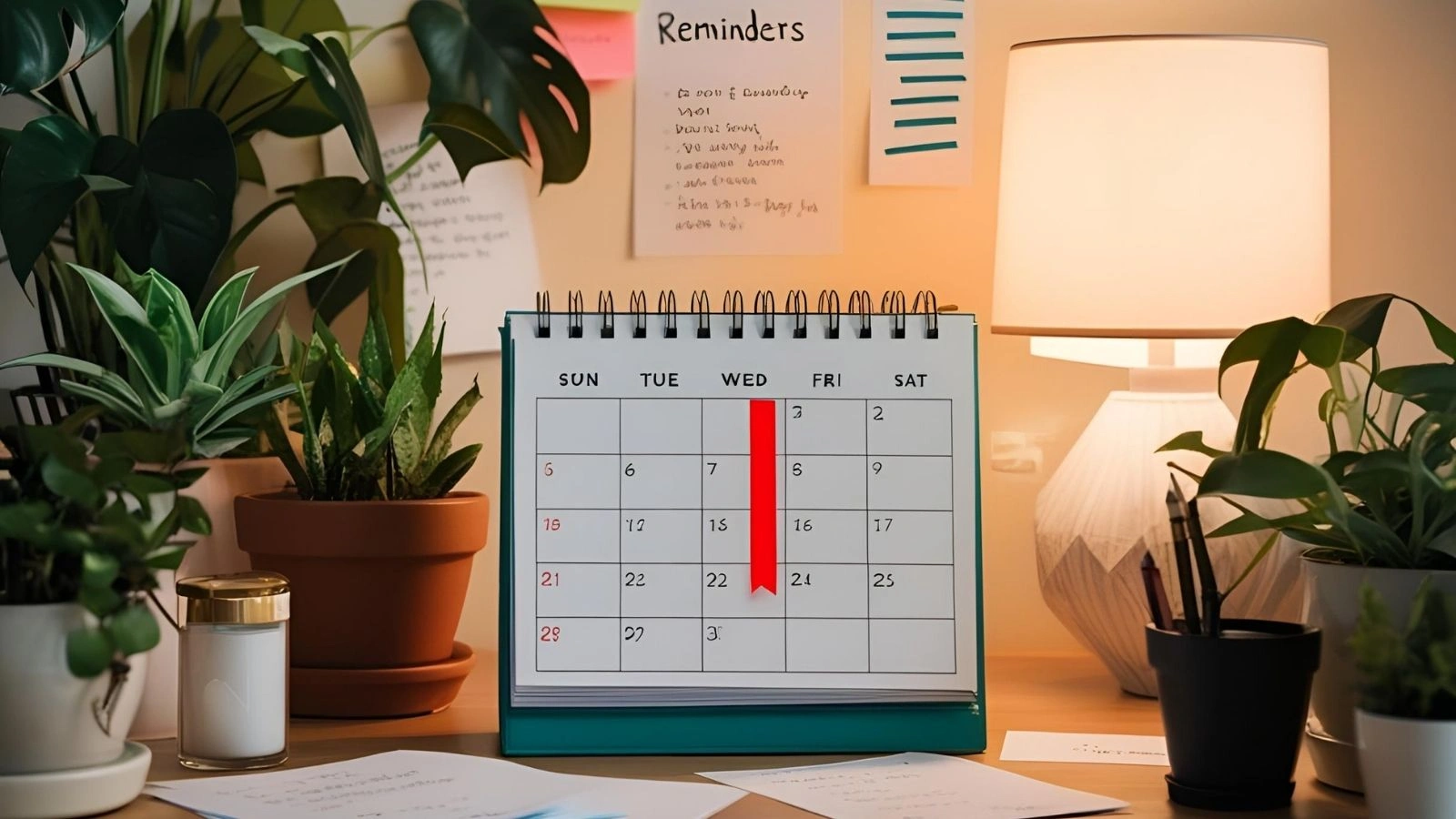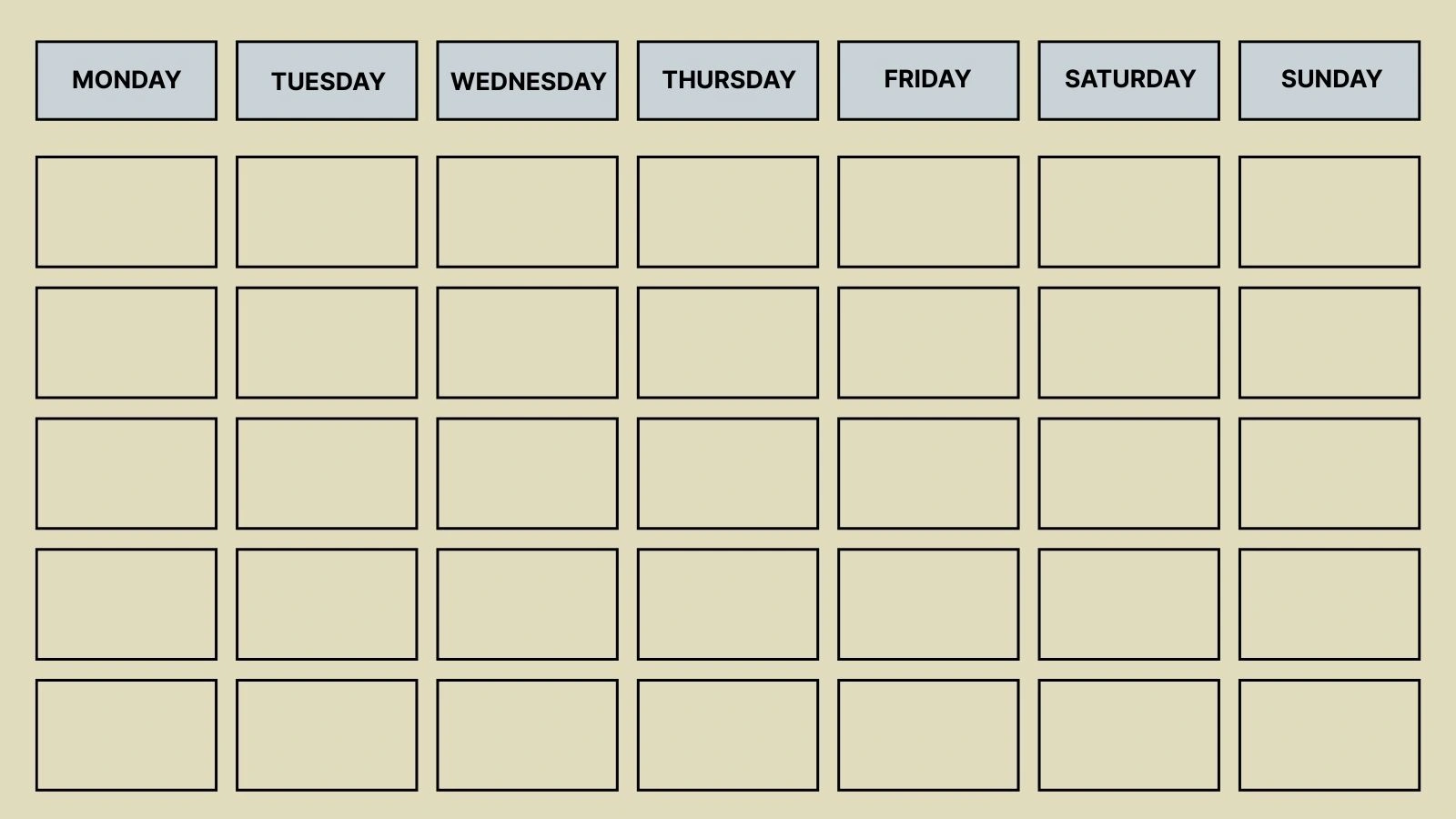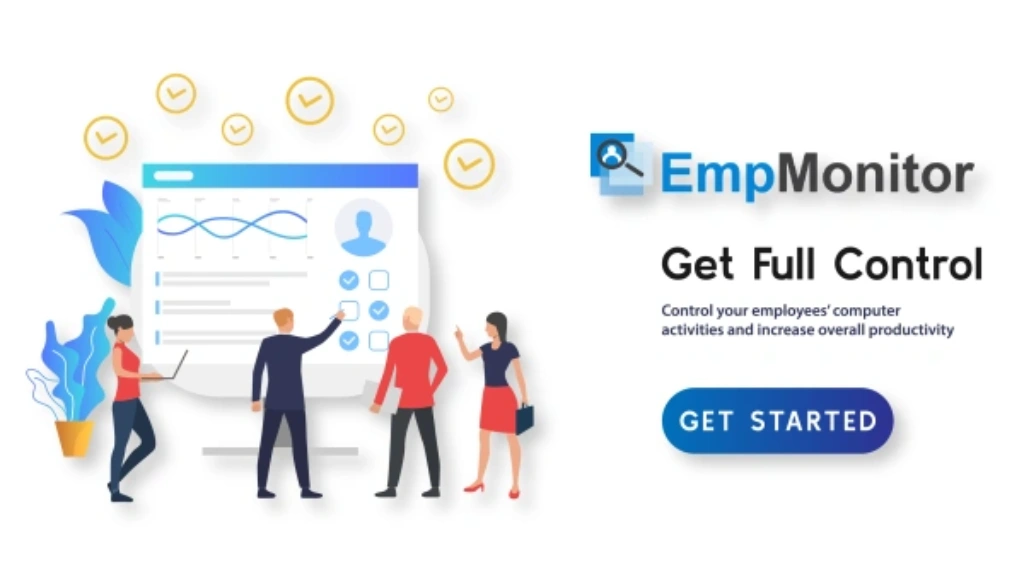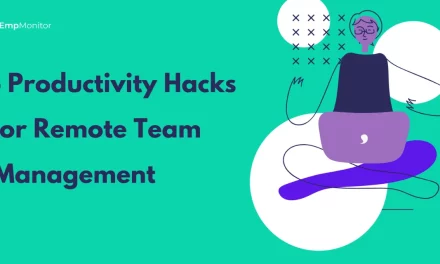You would not normally expect a time management method to come from a comedian, but that’s exactly how the “Don’t Break the Chain” approach started. And maybe that’s what makes it so relatable. No buzzwords. No apps. Just a surprisingly effective idea that works because it’s simple.
The concept is simple: choose something you want to do every day, mark it on a calendar when you do it, and build a streak. Over time, those checkmarks create a chain, and the longer it gets, the more motivated you are to keep it going.
Someone familiar with all kinds of productivity hacks gave it a try earlier this year. What stood out? How low-pressure it felt. Unlike many systems that rely on tools or rigid routines, this one required only a calendar and a pen. That simplicity made it easy to stick with, and the results spoke for themselves. Just seeing that chain grow became its kind of motivation.
In this Blog, we will break down how the method works, why it’s effective, and why it might be a smart option if consistency is your biggest hurdle, not motivation.
No time to read? Listen on the go.
What Is “Don’t Break The Chain”?
Don’t Break the Chain, sometimes called the Seinfeld Method, is a simple way to build better habits by showing up every day. You pick one task or behavior you want to stick with, do it daily, and mark each successful day on a calendar. The goal? Keep the streak alive. One day becomes two, two becomes ten, and soon enough, the habit feels like second nature.
People use it for everything from quitting bad habits to starting new ones.
Writing, working out, picking up a new skill, or just remembering to drink more water—it could be anything. I started using the “don’t break the chain” method to stay on track with my daily work goals. I kept it simple: weekdays only, since I gave myself weekends off. Every time I hit my goal, I’d mark it down—nothing fancy, just a quick tick or an X. But weirdly enough, it worked. Watching that chain grow day by day felt like a small but satisfying win. And once it started building, I didn’t want to break it.
The Secret Behind Seinfeld’s Productivity Hack
Like many great ideas, this one started with a simple question in a comedy club.
Brad Isaac, a comedian early in his career, had the chance to meet Jerry Seinfeld backstage and asked for advice on improving his craft. Seinfeld’s response wasn’t about a new writing technique or a performance hack. Instead, he gave him a simple habit to adopt.
Seinfeld told Brad to get one of those big wall calendars that show the whole year and hang it somewhere he couldn’t miss. Then, grab a red marker. “Each day you sit down and write, draw a big red X over that date,” he said. “Then do the same thing tomorrow. And the next day.” It wasn’t about being perfect—it was about showing up. Over time, those red Xs turn into a streak you won’t want to break.
Seinfeld later downplayed the idea, saying it was not necessarily his method. But the takeaway stuck. Whether or not the story is word-for-word true does not matter because the method itself works. It’s simple, visual, and weirdly motivating.
If you are someone who loves the feeling of crossing things off, thrives on visual progress, or just needs a no-frills way to stay consistent, Don’t Break the Chain might be exactly what you have been looking for.
Four Simple Steps To Apply The “Don’t Break The Chain” Method At Work
If you are making consistent progress at work, without falling back into old, unproductive habits, this method might be worth your attention.
Here’s how to bring it into your workflow:
-
Pick a habit that supports your goals.
Pick one task that makes a difference, like reaching out to prospects or sorting priorities. Keep it small and manageable, something worth doing daily. Don’t break the chain, and let the consistency build progress.
-
Keep your habit realistic.
No one’s saying you need to draft a 20-slide pitch deck every evening. The key is sustainability. Maybe it’s reviewing your KPIs for ten minutes a day, or checking in with your team before noon. You can always exceed the minimum, but the baseline should be achievable, even on your busiest days.
-
Mark each day you succeed.
Use a physical calendar or a digital tool—whatever fits your setup. Every time you complete the task, mark it with an X. Over time, that visual chain becomes not just a record, but a cue, a motivator, and a subtle source of pride. The key is to follow don’t break the chain method and mark each day as you progress a bit more towards you goal. The more you see your progress, the more determined you become to keep it going.
-
Don’t let the chain break.
Once the habit clicks, protect it. Skipping a day may seem harmless, but it chips away at your consistency.
Treat each X as a commitment to yourself and your work. And if things do go sideways? We’ll talk about what to do in that case in the next section.
You Might Also Like
How To Measure Productivity In The Workplace In 2025? 07 Best Practices To Implement
How To Improve Employee Productivity In 2025 | 09 Best Practices
What Happens If You Miss A Day?
No matter how committed we are, things don’t always go as planned. Meetings run long, client emergencies pop up, and your carefully blocked-out calendar falls apart. So, what should you do if you skip a day?
That depends on your mindset.
Some people believe that if you miss one day, the chain is broken and you have to start from scratch. Others see it as a hiccup, not a dealbreaker. I align with the latter. In high-performing work cultures, perfectionism often masks itself as discipline, but the two are not the same. When you treat a missed day as a failure, you risk spiraling into guilt, burnout, or disengagement.
Psychologists have long cautioned against all-or-nothing thinking, and for good reason. This mindset does not motivate; it overwhelms. Rather than pushing you forward, it creates unnecessary pressure, flakes away at your confidence, and often slows your progress.
This is exactly why should you not break the chain of habits you are building?—because it’s not about streaks or rigidity, but about reinforcing consistency without punishment. Missing a single day does not erase the effort you have already put in. What truly counts is your ability to pick things back up and keep going.
That said, you are still in control. If a broken chain derails your momentum, you can restart. The point is to make the method work for you. Just don’t break the chain and keep moving forward.
Also, not all skipped days are failures. If you are taking a planned break, like a weekend off or rest between project sprints, that’s part of the process. Use a symbol like “R” for rest or “V” for vacation. It keeps the visual chain intact and helps you don’t break the chain while staying accountable.
How To Rebuild Momentum?
If getting back on track feels like a grind, here are a few ways to re-engage without overwhelming yourself:
- Schedule your habit like a meeting. Block time on your calendar and treat it like any other professional commitment.
- Lean on accountability. A quick check-in with a teammate or manager can make a huge difference.
- Reduce friction. Prepare what you need in advance. If you plan to review reports each morning, keep your analytics dashboard ready to go.
- Take a moment to reconnect with your ‘why.’ What’s the end goal you’re working toward? Sometimes, remembering the bigger picture is all it takes to reignite your motivation.
- Reflect, don’t reprimand. Look at what caused the slip. Was it a lack of time, clarity, or support? Once you know, adjust.
This is how you can rebuild momentum, but if you want to truly measure your team’s productivity, relying on a productivity management solution like EmpMonitor is the best choice.
How EmpMonitor Increases Your Team’s Productivity?
EmpMonitor is a productivity monitoring software designed to give businesses complete visibility into how their teams work. From tracking hours and application usage to monitoring attendance and managing projects, it brings everything together in one centralized dashboard, so you can see where time goes and how work gets done.
When applying the Don’t Break the Chain method, EmpMonitor helps teams track consistent progress without the need for manual checklists.
Daily activities, task completions, and time spent on productive work are automatically recorded, making it easier to measure streaks, maintain discipline, and spot when the chain starts to weaken.
Here’s how EmpMonitor supports performance and compliance across your organization:
Time & Productivity Tracker
EmpMonitor captures more than attendance. It delivers real-time insights into employee work habits, shift durations, active versus idle hours, and productivity trends.
With automated timesheets and clear visual reports, leaders can assess performance fairly and identify workflow bottlenecks without micromanaging.
User Activity Monitoring
It’s one thing to know your team is online, it’s another to understand what they’re working on. EmpMonitor’s context-rich activity tracking reveals application usage, website history, task timelines, and screen captures, providing an informed overview of daily operations. These insights allow managers to coach, support, and recognize contributors with real data.
Workforce Productivity & Engagement Analytics
Productivity is not only about checking tasks off a list; it’s about maintaining focus and consistency over time. As a productivity tracking software, EmpMonitor gives you a clear picture of how your team works day to day, from performance trends and workflow patterns to time spent on tasks. It helps you recognize who’s thriving, spot when someone’s disengaging, and equips leaders with the insights they need to support their teams and improve output without guesswork.
Project Management Tools
No need for an extra tool to manage projects. EmpMonitor lets you plan, assign, and track tasks directly within the platform. It supports collaboration, enables milestone tracking, and provides reporting on both individual and team contributions—ideal for cross-functional teams that need alignment on progress.
Whether you are leading an in-office team, managing remote employee productivity, or navigating a hybrid setup, EmpMonitor stands out as a productivity management software that gives you clarity without micromanaging. It’s built to support smarter decisions, offer real-time visibility, and deliver results you can measure—without crossing the line into surveillance.
Use This Free Template To Track Your Progress
If you are looking for a simple and free template to get started with the Don’t Break the Chain method, we have exactly what you need.
While this isn’t an automated tool, it’s perfect for those new to the technique and looking for a straightforward way to stay consistent.
How To Use The Template:
- Download the Template: Simply right-click on the image and save it to your desktop.
- Print or Edit: Once saved, you can print the template for a physical reminder or edit it on your computer or mobile device for convenience.
This no-frills approach is ideal for those who enjoy the simplicity of a physical or digital calendar without the need for complicated apps or systems.
It helps you visually track your progress and maintain your streak effortlessly, keeping you on track toward your goals.
Conclusion:
As we move into 2025, keeping things simple can be the key to productivity. The “Don’t Break the Chain” method might sound good, but its power lies in consistency. Whether you are working solo or with a team, seeing your progress every day creates a visual reminder to keep going, and that little streak of success can push you forward.
If you are looking to make this method stick, EmpMonitor is the perfect complement. It helps you track team performance in real time, giving you a clear view of progress without overcomplicating things. With its insights into individual and team activities, EmpMonitor makes it easier to maintain that momentum and keep everyone on track.
FAQ: Don’t Break The Chain
Can I use the “Don’t Break the Chain” method for multiple habits at once?
Yes, you can apply the method to multiple habits, but it’s best to start with one to build consistency. Once you have mastered one habit, feel free to expand. Just remember, the key is not overloading yourself.
How do I stay motivated if I miss a day or two?
Missing a day does not mean all is lost. It’s important to approach missed days with a mindset of recovery, not failure. Get back on track as soon as possible and adjust your approach if needed. Consistency is about long-term commitment, not perfection.
Can I track habits outside of work with the “Don’t Break the Chain” method?
Absolutely! The “DontBreaktheChain” method is versatile and can be used for both professional and personal habits. Whether it’s exercising, reading, or following up on personal goals, the principles of consistency apply to anything you want to build a streak for.
What if I need to take a break or vacation?
Scheduled breaks or vacations can be factored into the system by marking them as planned rest days (e.g., “R” for rest). This way, you can keep your chain intact and don’t break the chain, without feeling guilty for taking time off to recharge.

